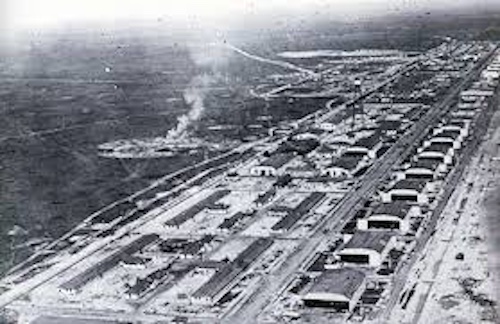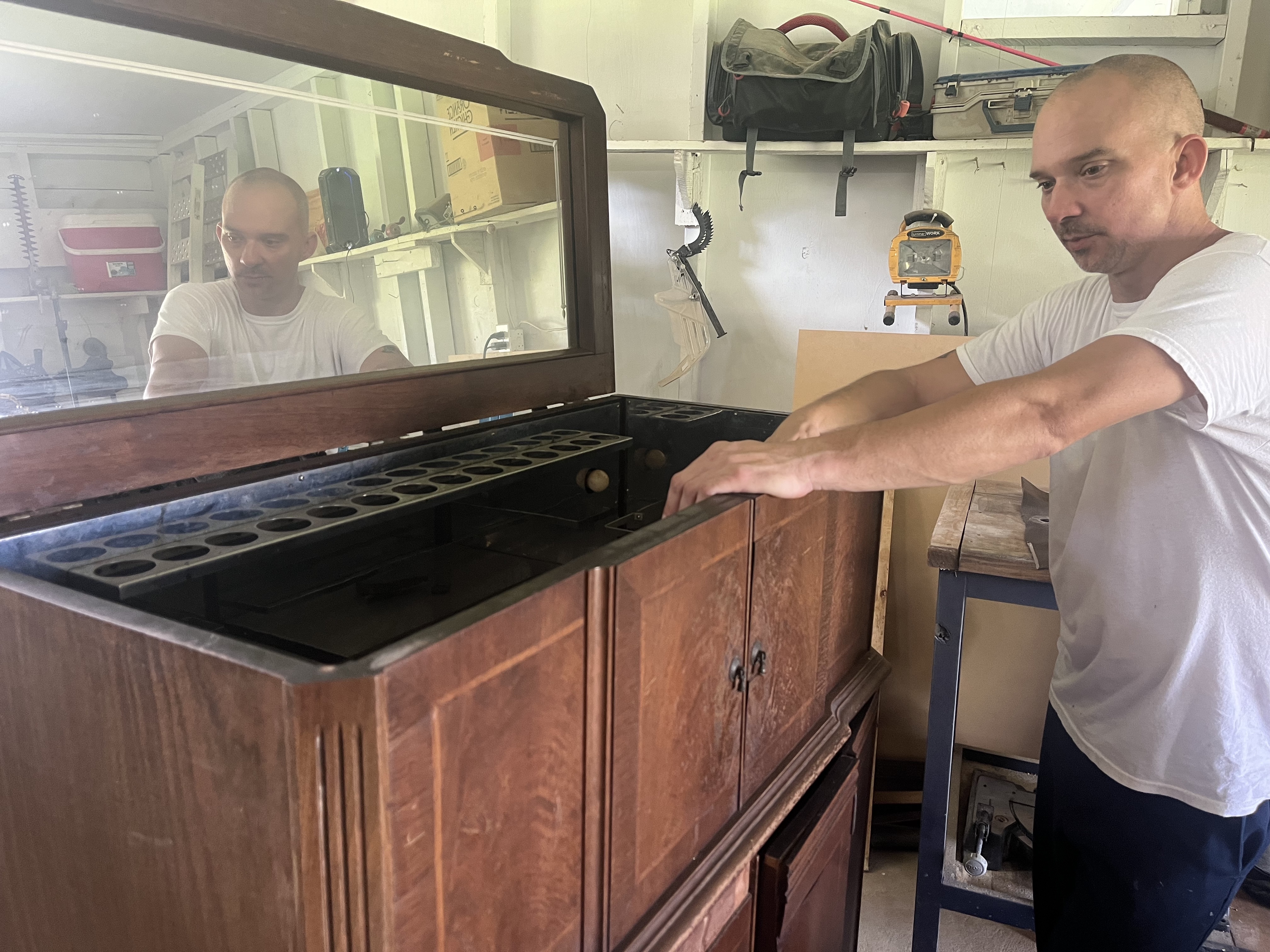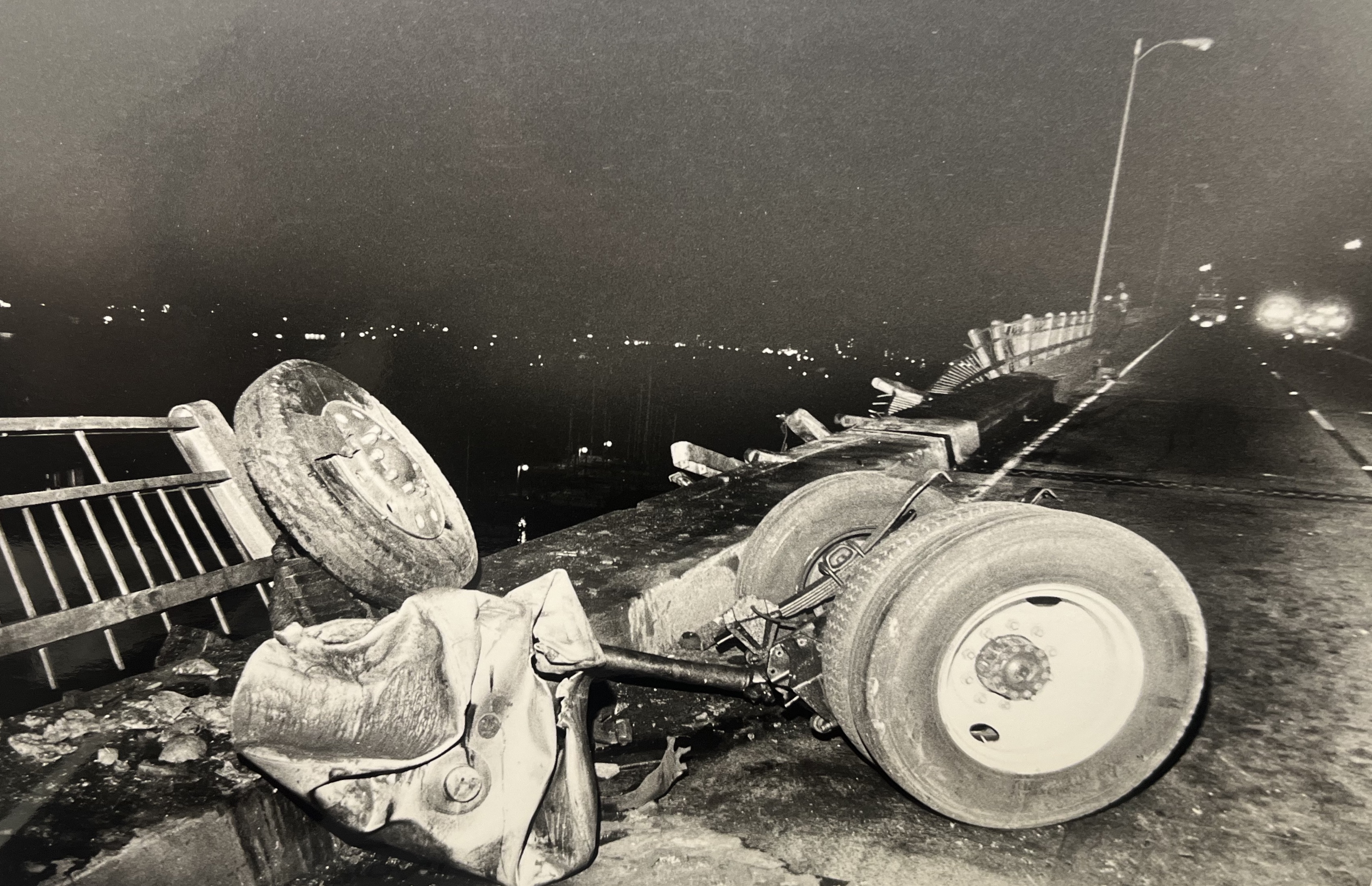Jim Beam column: Gerstner Field remembered
Published 5:30 am Wednesday, November 6, 2024

- Gerstner Field at Lake Charles was one of this country's largest pilot training centers during World War I.(This photo of Gerstner Field courtesy of Wikipedia).
Veterans Day 2024 has revived interest in what was at one time Gerstner Field, one of the largest of the 28 Aviation Signal Corps training fields constructed here in 2017 during World War I.
The Daughters of the American Revolution, in collaboration with the City of Lake Charles, will be unveiling a Gerstner Field memorial marker at 1 p.m. Friday at the newly updated Veterans Park in Lake Charles.
About 11 miles south of Lake Charles and one-half mile south of Holmwood on Louisiana 27, the Creole Nature Trail, a historical marker was placed there in 2012 to mark the field’s location.
The late-Robert C. Benoit, a longtime friend of mine, wrote a history titled, “Gerstner Field, Then and Now.” It was published in 2001 in “Over the Front,” a quarterly publication of the League of WWI Aviation Historians. Benoit also released a paperback of photographs titled, “Imperial Calcasieu.”
Benoit was a retired Calcasieu Parish English teacher who worked part-time as an American Press reporter. He edited the newspaper’s daily “50 Years Ago” column for over 20 years, and that is how he became interested in Gerstner Field and World War I aviation.
The airfield’s location no longer looks like a flying field. All of the buildings and equipment that once stood along Camp Road were hauled away about 90 years ago. The only thing left, Benoit said in 2001, were the old cement foundations.
Benoit said Gerstner opened for training in December of 1917 and served with distinction until the Armistice in 1918, “after which it lingered on active duty until January of 1919.”
Most of the field’s efforts were directed toward pursuit (fighter) and instructor training until making a shift to bomber training after August of 1918.
Gerstner Field graduated 499 aviators from its flight training schools. Benoit said Gerstner veterans would probably be quick to add that their gains were achieved in spite of major problems with supply shortages, dust, flooding, a very hot summer, an unusually cold winter (for the South) and one hell of a tropical hurricane in 2018.
Among Louisianans, Gerstner was recognized as the state’s first military airfield. Benoit said for many small-town and country residents of Louisiana, the airfield was the place where the first airplanes they had ever seen were located.
A canal known as the Government Ditch was dug to relieve flooding problems.
Benoit said the selection of Lake Charles as the hometown for Gerstner Field was made possible by the Lake Charles Chamber of Commerce under the leadership of C.D. Moss, president, and Herbert B. Bayliss, executive secretary.
U.S. Rep. Ladislas Lazaro of the 7th Congressional District also had a major role in landing the airfield. Lake Charles’ major advantage was available land. There were 1,200 acres needed for the main camp and over 5,590 other acres for flight training areas.
The Army named Gerstner Field in memory of 2nd Lt. Frederick J. Gerstner, a West Point graduate from Ann Arbor, Michigan, who was the 18th U.S. government flier to lose his life in an airplane mishap. The plane in which he was an observer crashed in the Pacific Ocean.
At least 40 persons died while at Gerstner Field, mostly due to pneumonia and aviation accidents.
Benoit said of those who lost their lives, “undoubtedly the most famous was Maj. John Purroy Mitchel, who had served as mayor of New York City from 1913 to 1917. Mitchel fell to his death from the cockpit of a single-seater aircraft on July 6, 1918.
The most famous Gerstner fliers to survive the war, Benoit said, were Lt. James Harold Doolittle, a student in the advanced pursue course, and Maj. Maxwell Kirby, one of the field’s outstanding commanding officers.
Doolittle became a hero in World War II and Kirby served with Capt. Eddie Rickenbacker. Doolittle became a general who received the Medal of Honor for his unit’s raid on Japan during World War II. Rickenbacker received the Medal of Honor as a fighter pilot in World War I and was the most decorated flying ace of the war.
Benoit said if Southwest Louisiana citizens who had never seen an airplane before had been asked what Gerstner Field’s outstanding contribution was in their daily lives it would be the daily acrobatic displays over their towns and countryside that were real treats.
Jim Beam, the retired editor of the American Press, has covered people and politics for more than six decades. Contact him at 337-515-8871 or jim.beam.press@gmail.com.
| ReplyForward
Add reaction |





